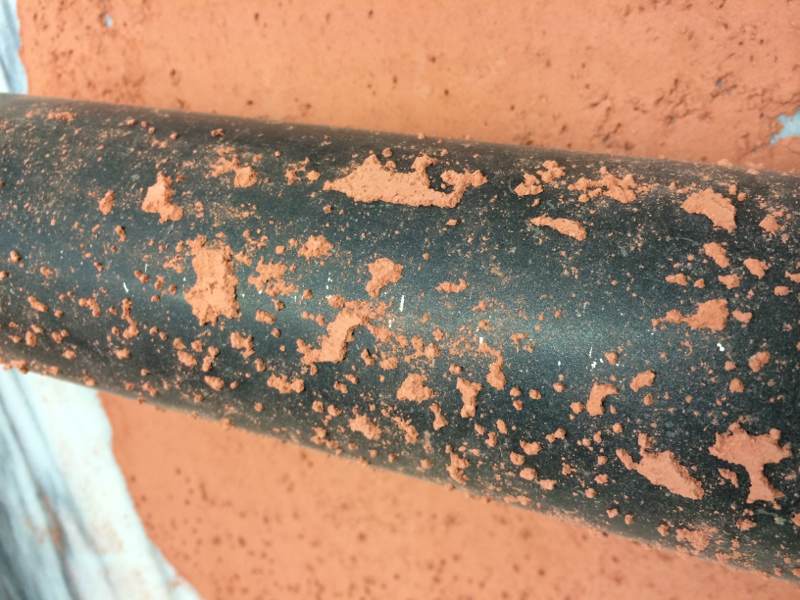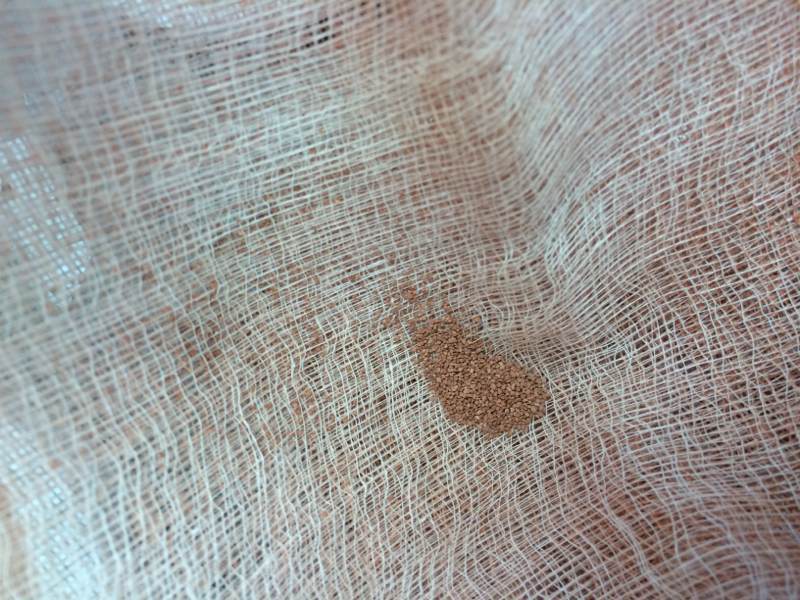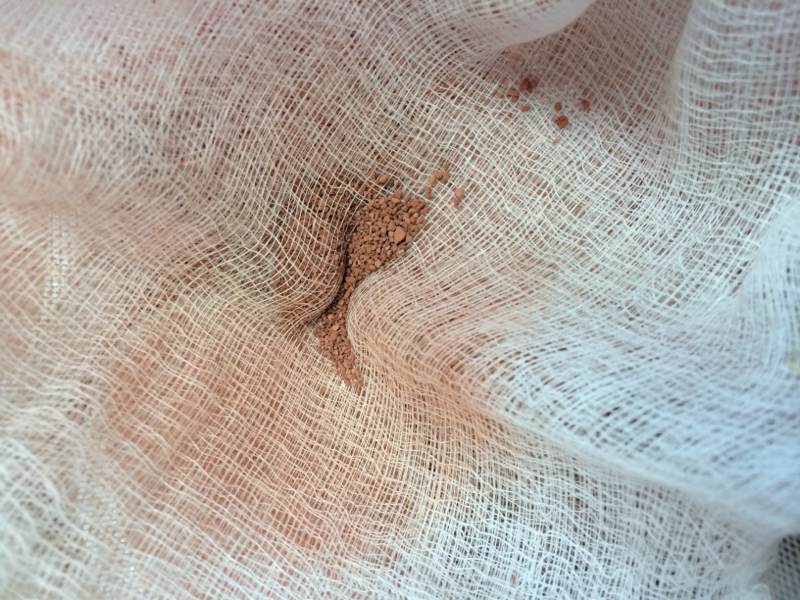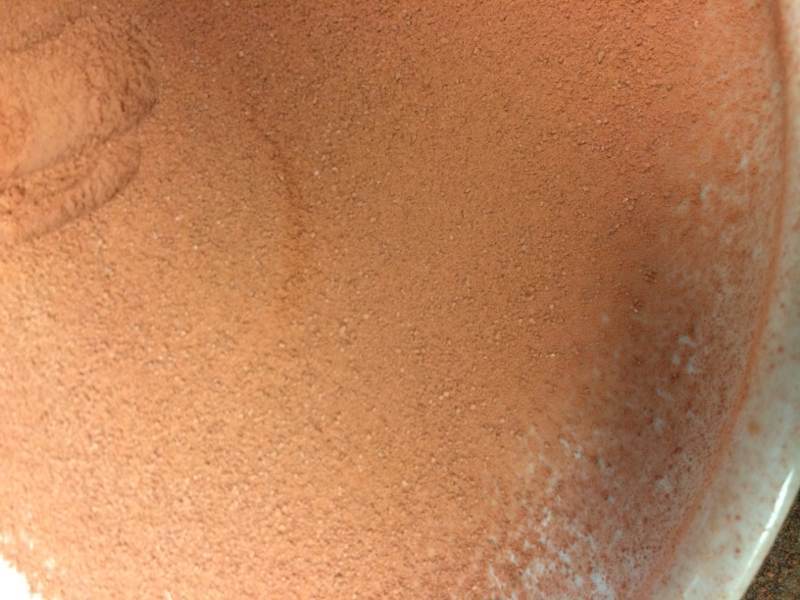DATE AND TIME:Feb 23rd, 25th
LOCATION: Lab
SUBJECT: sand casting
Field note for sand casting:
1.interpretation of the recipe 87v from 640
Ingredients
Sand
Apple cider vinegar with mother
Tools
Pestle
Mortar
Sieve
PROCESS
1.bake the sand enough to dry it (baked for ten minutes. The dried sand felt much drier than the original sand, which is sticky and wet)
2.pulverise on porphyry
Grind with the rolling pin. At first there are big bumps and lumps, numerous holes appear on the surface of the sand. While grinding, the holes gradually became smaller. The rolling pin could not go smoothly back and forth on the sand since there were a lot of bumps and lumps; it also made sounds when the rolling pin encountered the sand. There were bumps left on the rolling pin.


3.Sieve: According to visual observation, the sieve worked better than the rolling pin. The particles are finer, some bigger particles were blocked at the first level sieve, and some smaller particles were blocked at the second level. Still, there were some big particles escaped the sieve successfully, which we think might have negative effect on the texture of the sand.




12
34
1.first level sieve 2.second level sieve
3. Big particles blocked by the sieve 4. Sand after sieving
4.Separated into two molds
Mold A: grind bigger
Mold B: sieved smaller
A: 400ccm 400g by measure cup+100ml vinegar
B: 270ccm 270g by measure cup+80ml vinegar
5.Mold A: We first laid a thin layer of sand at the bottom of the wooden frame, then we pressed the plaster model into the sand. And we poured the rest of the sand and pressed the sand with a stone pestle. At first the model moved slightly and there were cracks on the surface of the sand around the model, after ten minutes the model got fixed and no longer moved when touched. Then we filled the mold with rest of the sand.
Then our sand is not enough for a second mold, then we decide to do only one.
Question: moisten the powder with strong vinegar (how much should we add the vinegar? In what way? Pour? Or other ways? The recipe does not talk about that clearly. )
6. Drying the mold
we left the mold in the hood until it dries naturally.
ASPECTS TO KEEP IN MIND WHEN MAKING FIELD NOTES
- note time
- note (changing) conditions in the room
- note temperature of ingredients to be processed (e.g. cold from fridge, room temperature etc.)
- document materials, equipment, and processes in writing and with photographs
- notes on ingredients and equipment (where did you get them? issues of authenticity)
- note precisely the scales and temperatures you used (please indicate how you interpreted imprecise recipe instruction)
- see also our informal template for recipe reconstructions